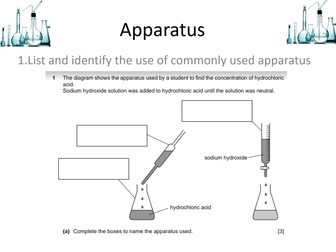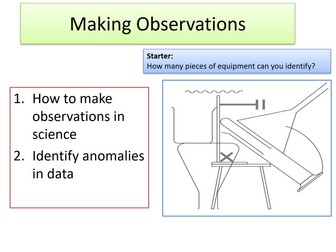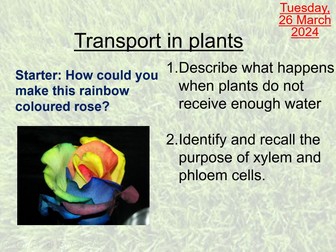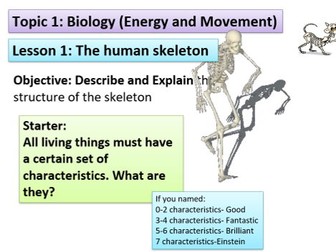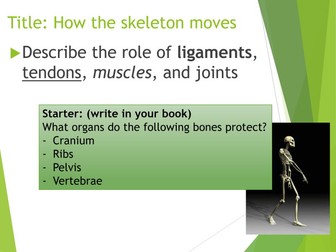Science Skills: Equipment
<p>Lesson 1 of a course reviewing science skills. This lesson focuses on the different equipment in a lab and how to draw exeriment set up correctly</p>
<p>Task 1: posters of the apparatus with a table to fill in <strong>needs printing out beforehand</strong><br />
Task 2: Drawing an experiment set up from a photo<br />
Task 3: Drawing an experiment set up from a description (x4)</p>
<p>Plenary: identify the different pieces of equipment from past paper questions from IGCSE Chemistry paper 6</p>
